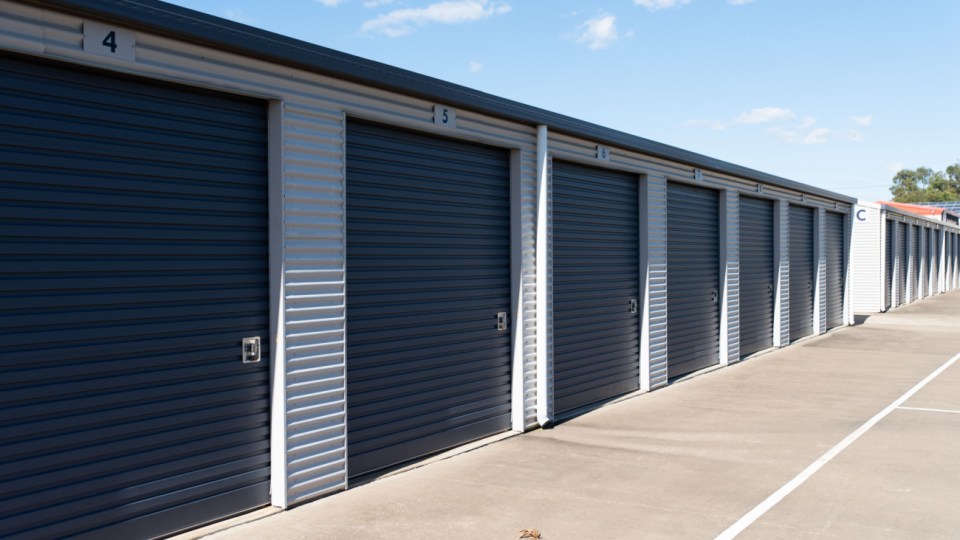A Decade of Growth: Top 10 Most Active Cities for Self Storage Development
The self storage industry has experienced a remarkable transformation over the past decade, driven by shifting lifestyles, urbanization and the need for efficient storage solutions. As consumer demand continues to surge, developers have been quick to recognize the potential of this market. In response, a whopping 462 million square feet of new self storage space was delivered nationally between 2013 and 2022, representing 25% of the total inventory.
New self storage construction thrived in the country’s major urban hot spots, where population mobility, limited space at home and expensive real estate, as well as business storage demand, created an environment favorable to self storage development. Here’s a rundown of the country’s top 10 cities that added the most self storage space to their respective markets from 2013 to 2022:
NYC Adds 9.6M Square Feet of Self Storage Space Over the Last 10 Years
The city that registered the highest volume of self storage development from 2013 to 2022 is New York City, where over 9.6 million square feet of self storage space were delivered during that period. New York is a historically undersupplied market when it comes to self storage. Even after the intense construction activity of the past decade, the inventory in Manhattan stands at around 1 square foot of storage space per capita, while in Brooklyn it’s 1.5 square feet of space per capita, compared to a national benchmark of about 7.2 square feet of storage space per capita. Of course, this translates to self storage street rates that are above the national average: Renting a 10’x10’ self storage unit in New York hovers around $250, compared to $127 for the same type of unit at the national level.
Sun Belt Cities Occupy Majority of Top 10 Positions for Self Storage Development
Houston, Texas, ranks second nationally for self storage construction, with almost 5.7 million square feet of new space delivered over the past decade. In fact, no less than five Texan metros make it to the top. San Antonio landed in the third spot, with 5.68 million square feet of new space. Austin, with its almost 4.3M square feet of new space, manages to take the sixth position among the country’s best cities for self storage development.
Fort Worth and Dallas round out the top 10, having registered pretty similar numbers: 3.16 million square feet and 3.13 million square feet, respectively, of new self storage space built over the past decade. Although Texan cities are generally well supplied with self storage, mostly in line with the national benchmark, the appetite for self storage stems from the steady influx of newcomers making Texan cities their new home, as well as from a local culture that favors this type of service.
Two Floridian cities, Miami and Orlando, are also among the country’s most dynamic when it comes to self storage development. Miami, ranking fourth nationally, managed to deliver an impressive 4.66 million square feet of new space over the past decade, while Orlando, in eighth place, added 3.2 million square feet of self storage space to its local inventory. With numerous retirees and, more recently, remote workers relocating annually to cities within the state to pass the winter (and with many of them leaving stuff in self storage over the summer) it’s no wonder that the sector is flourishing here. Additionally, it’s not just regular self storage units that are in demand in Florida: Due to the state’s hot summers, climate-controlled self storage is one of the best options customers have for keeping their belongings safe long-term.
Phoenix, Arizona, another Sun Belt city that has been experiencing a boom in terms of both economy and population for a while, expanded its self storage inventory by 4.3 million square feet over the past decade, ranking fifth nationally for this indicator.
The only Midwestern city to make it to the top 10 nationally for self storage development over the past decade is Chicago, ranking seventh. About 4.1 million square feet of new self storage space were delivered in Chicago over the past decade, improving residents’ access to this convenient service. Chicago’s residents often utilize medium-sized units, such as 10’x15’ storage units, to store seasonal items like winter sports equipment, holiday decorations and bulky clothing during the offseason, maximizing space in their homes.
Over the past decade, self storage has thrived, proving its worth as a valuable service even during the challenging pandemic years. Its resilience and adaptability have propelled it beyond personal storage needs and into the realm of business storage. As a result, new construction projects have surged to meet the growing demand, marking a significant expansion in the industry. Self storage has not only weathered the economic storms but has solidified its position as an essential solution for individuals and businesses alike.

